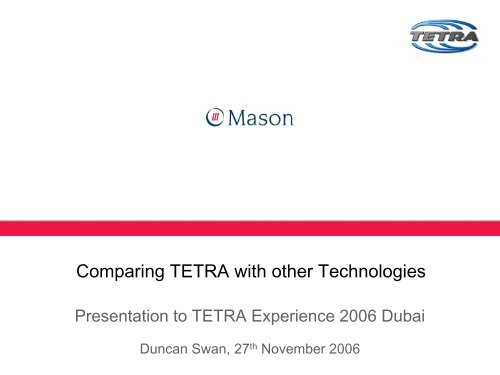
The Next Generation Mobile Networks (NGMN) Alliance highlights in the necessity to make more spectrum available in the existing sub-6 GHz radio bands and introduce new agile waveforms that exploit the existing underutilized fragmented spectrum, in order to satisfy specific fifth-generation (5G) operating scenarios. The benefits of these new waveforms for the foreseen 5G use cases are clearly highlighted on representative criteria and experiments. In addition to the complexity analysis, in this work, we also demonstrate the suitability of FBMC for specific 5G use cases via two experimental implementations. Moreover, we evaluate and compare the complexity of the different waveforms. We assess spectral efficiency, power spectral density, peak-to-average power ratio and robustness to asynchronous multi-user uplink transmission. In this work, we propose a comparison of several 5G waveform candidates (OFDM, UFMC, FBMC and GFDM) under a common framework. To maximize spectrum efficiency, the 5G air interface technology will also need to be flexible and capable of mapping various services to the best suitable combinations of frequency and radio resources. Among these latter, the flexible and efficient use of non-contiguous unused spectrum for different network deployment scenarios is considered a key challenge for 5G systems. I.5G will have to cope with a high degree of heterogeneity in terms of services and requirements. Index Terms-3-D IC interconnect, CDMA DRAM, CDMA-interconnect (CDMA-I), FDMA-interconnect (FDMA-I), FDMA DRAM, inter/intra-ULSI communications, multilevel signal clock data recovery, multicarrier DCMA-Interconnect (MCCDMA-I), realtime re-configurable interconnects, RF-interconnect (RF-I), re-configurable interconnect for next-generation systems (RINGS), simultaneous and bidirectional multiI/O service. These new advances in interconnect schemes would fundamentally alter the paradigm of ULSI data communications and enable the design of next-generation computing/processing systems. Rather, it can be accomplished via either wired or wireless mediums through capacitor couplers that reduce the baseband noise and dc power consumption while simplifying the fabrication process by eliminating vertical metal studs needed in three-dimensional ICs. The physical transmission line is no longer limited to a direct-coupled metal wire.

Unlike traditional wired interconnects based solely on time-division multiple access for data transmission, these new interconnect schemes facilitate the use of additional multiple access techniques including code-division multiple access and frequency-division multiple access to greatly increase bandwidth and channel concurrency as well as to reduce channel latency. In this paper, we review recent advances in interconnect schemes that promise to meet all of the above system requirements. Abstract-Future inter- and intra-ULSI interconnect systems demand extremely high data rates (up to 100 Gbps/pin or 20-Tbps aggregate) as well as bidirectional multiI/O concurrent service, re-configurable computing/processing architecture, and total compatibility with mainstream silicon system-on-chip and system-in-package technologies.


 0 kommentar(er)
0 kommentar(er)
